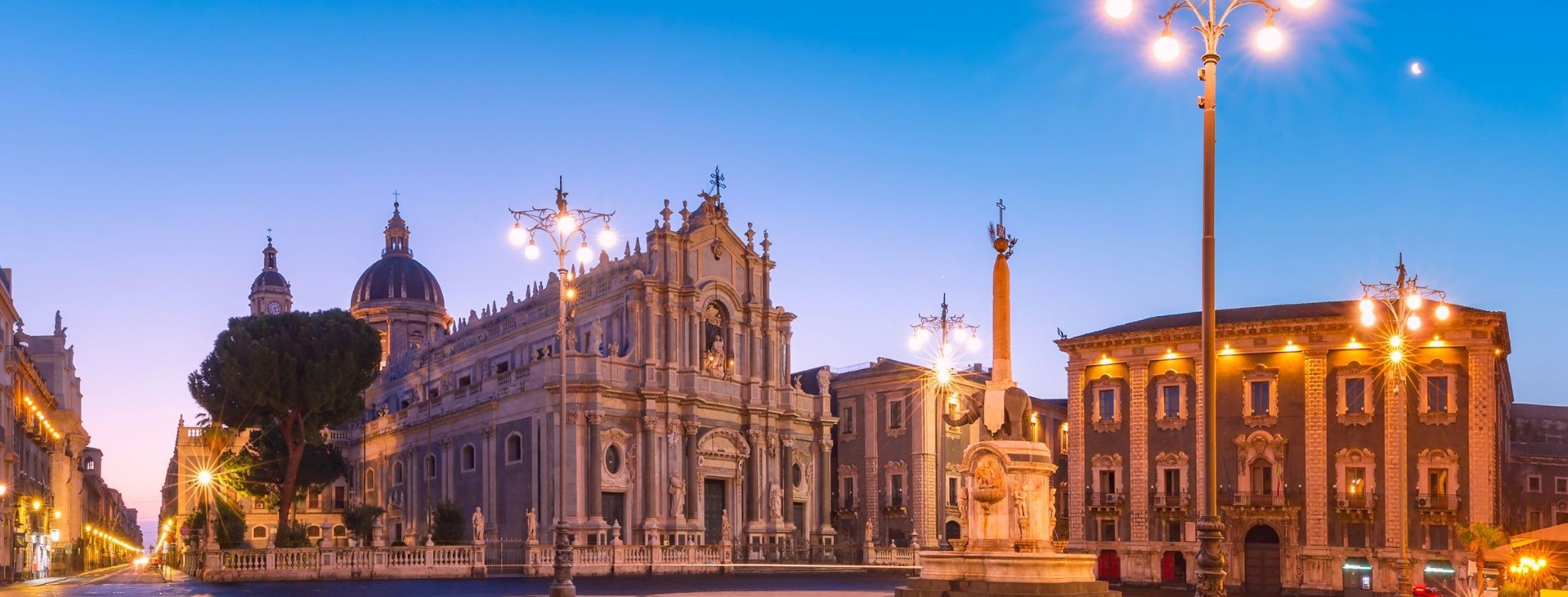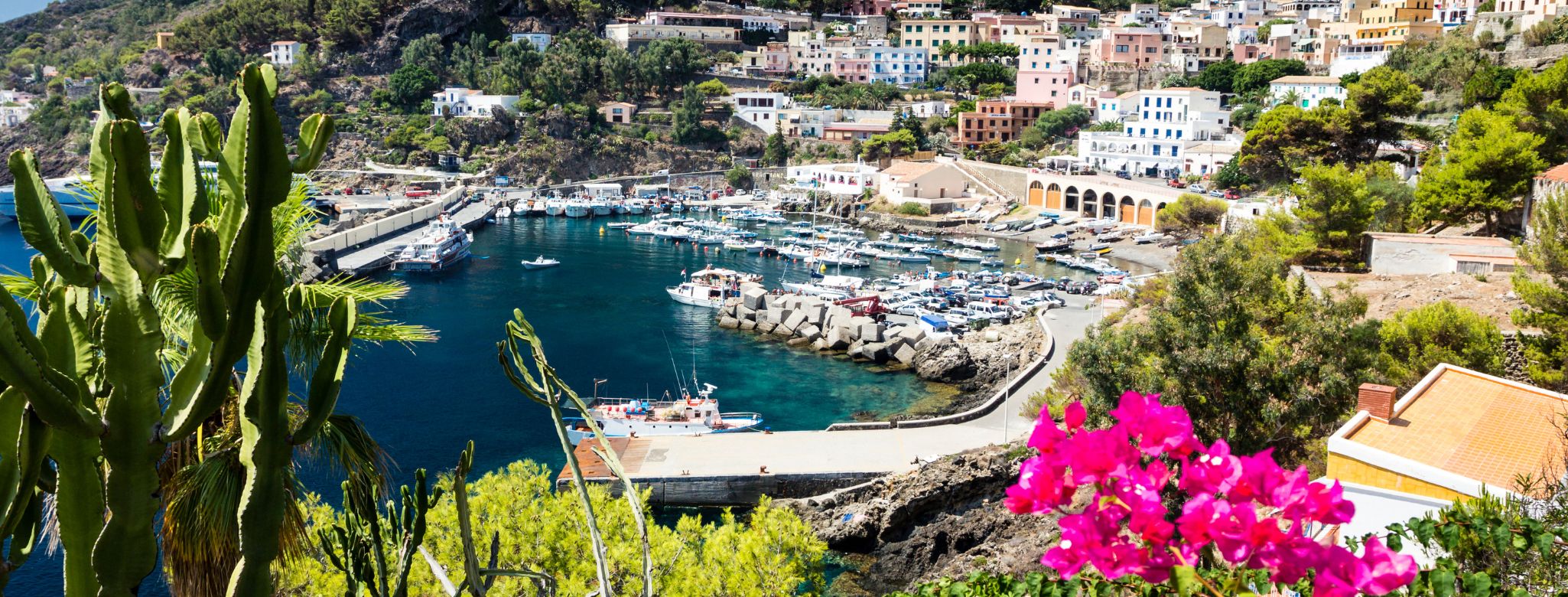AUTUMN
2022
Passionate archaeologist: The long-lasting settlement of the Castro district in Corleone
We continue with our column for archeology enthusiasts. In this case, the visit to the settlement also becomes an interesting trekking route in the heart of the Sicani mountains.
To the east of the SS 188 DIR / C Centro Occidentale Sicula (Corleone-Bisacquino), between the Giardinello stream and the steep southern slope of Pizzo Castro / Rocche di Mezzogiorno, there is an elevated and elongated plateau in the east-west direction which to the north is adjacent to a sinkhole that separates it from the very steep slope of Pizzo Castro / Rocche di Mezzogiorno. The position denotes a castle-like character but at the same time a direct connection with the underlying valleys potentially exploitable for agricultural purposes and crossed by possible roads for crossing this sector of the Sicani Mountains.
The most ancient phase of frequentation of the Contrada Castro site is currently attested by the discovery in the lower levels of pottery, which documents the existence of a small community between the Archaic and Late Archaic periods. It is likely that this is a rural settlement, linked to the exploitation of agro/pastoral resources. The choice to occupy a higher site than the surrounding land, well defined in its perimeter, does not seem so much connected to the primary needs of occupying a fortified place, also in consideration of the limited extension of the area, but to reasons connected to an eminent position compared to the surrounding agricultural territory, in an intermediate position between the hilly areas downstream, perhaps mainly intended for agricultural exploitation, and the high peaks of Pizzo Castro or Rocche di Mezzogiorno to the north, and to the east from Monte Barraù, ideal for the development of bucolic activities.
The small archaic village of Castro constitutes, however, a significant testimony in the territory of the Belice valley and more generally in central-western Sicily of an archaic indigenous settlement of limited extension, which seems to have originated from the need to exploit local resources in a territory that offers ideal conditions for population due to its abundance of water, soil fertility, and availability of space. Certainly, the population of Contrada Castro must have as a reference the larger inhabited centers that are not lacking in this area of the upper and middle Belice valley. The most significant and archaeologically known are those of Entella (Contessa Entellina) and Monte Maranfusa (Roccamena), but other settlements, known only from completely preliminary reconnaissance or investigations, active in the sixth century BC, have been located in Montagna Vecchia (Corleone), Pizzo Nicolosi (Corleone), and Monte Triona (Bisaquino), to limit ourselves to the space most directly connected, also visually, to our site.
A settlement not very dissimilar in general characteristics, it was recently discovered on Castellaccio di Campofiorito, a relief located not far from Contrada Castro, from which it is just three kilometers as the crow flies, but easily reachable through comfortable natural paths. The limited extension of this site and its position on a relief controlling a large hilly territory has strong similarities with that of Contrada Castro, with which it must have been in contact: the two sites are probably the symptom of a system of occupation of the territory by the indigenous population which, in addition to the large fortified inhabited centers mentioned above, provided for a widespread network of strategically located settlements for the control of production activities.
The Contrada Castro site would seem to be part of these dynamics which saw a resurgence of settlement of raised plateaus and reliefs in the context of changed socio-economic conditions that marked a change with respect to the system of villas of the Roman imperial era and the subsequent late antique phase which saw the 'emergence of new extended realities of the agricultural village probably connected to the properties of the Church.
These large rural agglomerations remained vital and active in the Byzantine era during which, on the impulse of public power, defensive works were also carried out in the territory as evidenced by the mighty fortification on Mount Kassar in Castronovo di Sicilia. We know very little about the early stages of the rural settlement of the Islamic era, while it is from the mid-10th century. A.D. and early 11th century A.D. that there is an increase in open sites and the development of these settlements in prominent positions, often on abandoned ancient sites. It is not clear the conformation of these high ground sites for which at the moment no fortifications have been documented with certainty datable between the 10th and 11th centuries. A.D. and of which we know little about the internal articulation of the structures and the possible presence of indicators of a social hierarchy or the existence of public, community, and religious buildings.





































